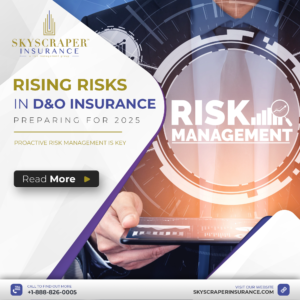In 2023, the number of completely lost large shipping vessels reached a record low of just 26, as reported by Allianz Commercial. This marks a significant decline, with a 33% reduction in lost ships year-on-year and a 70% decrease over the past decade. Allianz classifies a large vessel as a ship exceeding 100 gross tons.
Decrease in Overall Shipping Incidents
Overall shipping casualties or incidents decreased by approximately 3% in 2023, with machinery damage or failure constituting more than half of all global events.
Breakdown of Ship Losses by Type
Cargo ships represented the majority of total losses, comprising 60% of the ships lost in 2023. Fishing vessels followed, with four total losses, and tug boats accounted for three losses. Sinkings were the leading cause of ship losses, making up half of the total, followed by wrecked/stranded vessels and fires/explosions.
Challenges in the Global Shipping Industry
Despite the decrease in lost ships, the global shipping industry faced significant challenges in 2023. Rising piracy, droughts affecting the Panama Canal, and ongoing conflicts in Ukraine and Gaza endangered shipping vessels and their crews.
Captain Rahul Khanna, global head of marine risk consulting for Allianz Commercial, highlighted the impact of climate change on shipping, emphasizing the disruption caused by the Panama Canal drought and the urgent need for the industry to decarbonize. These conditions necessitate the development of alternative shipping routes, which can lead to longer transit times and increased shipping costs.
Impact on Supply Chains
Businesses importing from China and Southeast Asia are experiencing delays as cargo vessels reroute around the Cape of Good Hope to avoid conflict in the Red Sea. As of April 2024, shipping volume around the Cape of Good Hope has surged by 193%.
Khanna noted in Allianz’s Safety and Shipping Review 2024 that recent disruptions, including extreme weather, climate incidents, container ship fires, groundings, the pandemic, and geopolitical conflicts, have severely tested the resilience of global supply chains. These events have exposed vulnerabilities and highlighted the need for robust strategies to mitigate such disruptions.




